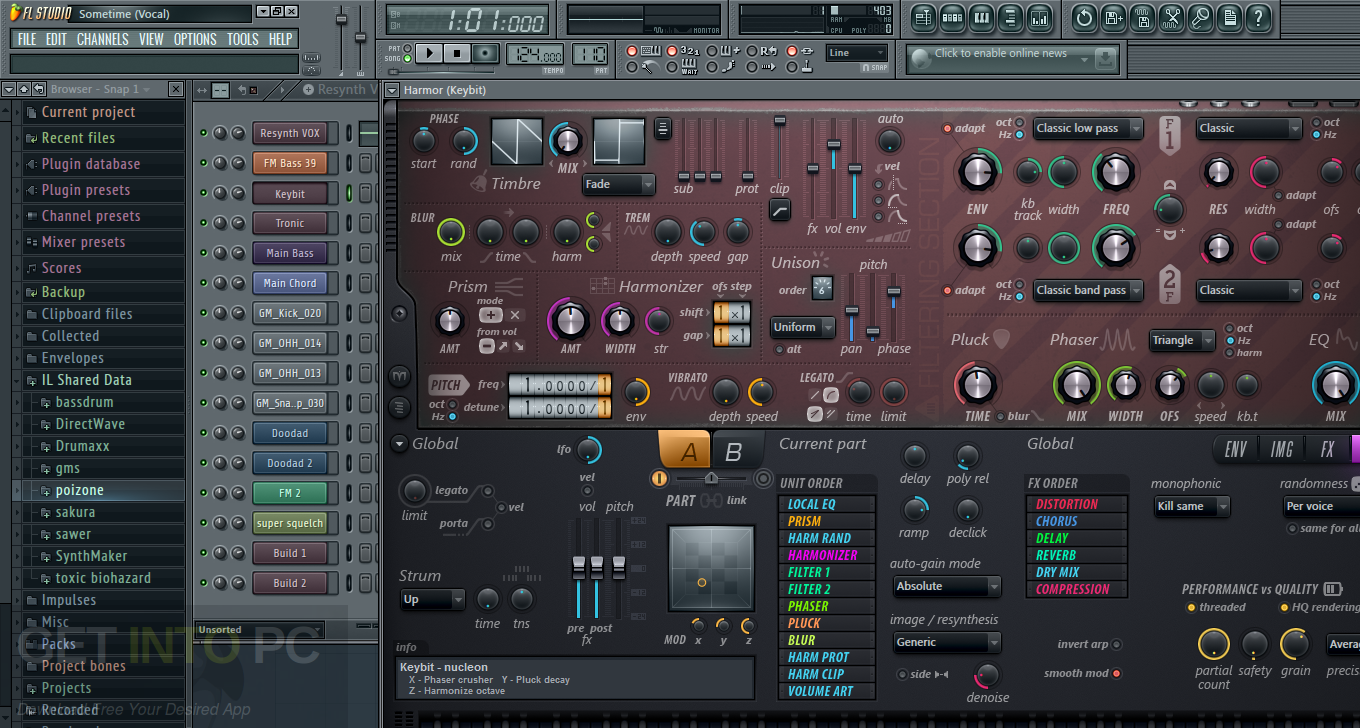
In others, its purpose may be to prevent unauthorized modifications to safety-related code, or activation of disabled options. In some cases, there may be valuable intellectual property they would like to protect. Offline SFCs and SFBs contain no S7 code.From time to time, we'll run across situations where a client believes it is necessary to lock down code on a PLC. What we see and use in S7 is just the block's interface (parameters assignment) and not the complete block. Unlike all other blocks (OB, FC,FB), a protected UDT cannot be modified but its contents can be displayed.Ī: SFCs and SFBs cannot be unlocked since they are functions stored in the PLC's system memory and cannot be read. On the other hand, if you are however interested in the blocks' contents, you have a way to peep into the STL version of the code.Ī: Yes, from version v1.4 you can lock also UDT (User Data Type) blocks. If you expected the full-source text file, it is not possible: in that case your only chance is to get the original SCL or CFC source file. In case you have SCL, CFC, GRAPH7, HIGRAPH blocks, once unlocking them you will get the compiled version of the block or, in other words, plain STL code with no comments and no variables name at all. Q: I have some SCL or CFC blocks, can I reverse the code to obtain the source file?Ī: No.

Q: Will I be able to read the comments within an unlocked block?Ī: Yes, if the original block contained comments.


The S7CanOpener operates on projects stored on the hard disk, it does not operate online in the PLC memory and does not remove the password set in the CPU at hardware configuration level. Q: I have a PLC that requires a password for online operations, can I use the S7CanOpener to defeat the password?Ī: No. Q: Can it unlock Step7 v5.5 new “Block Privacy” protection ?Ī: No, at the moment the tool is not able to decrypt such protection. A: the S7CanOpener can unlock S7 blocks protected with the "know_how_protect" keyword.Ī: Yes, it works on S7programs (*.s7p) and S7libraries (*.s7l)


 0 kommentar(er)
0 kommentar(er)
